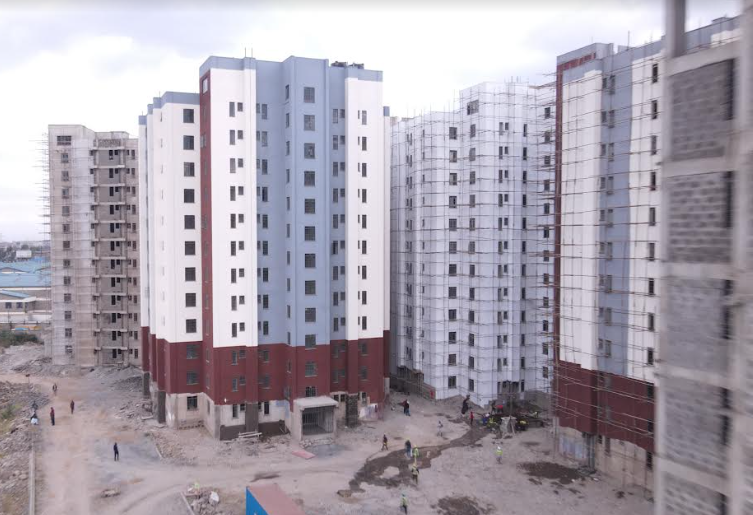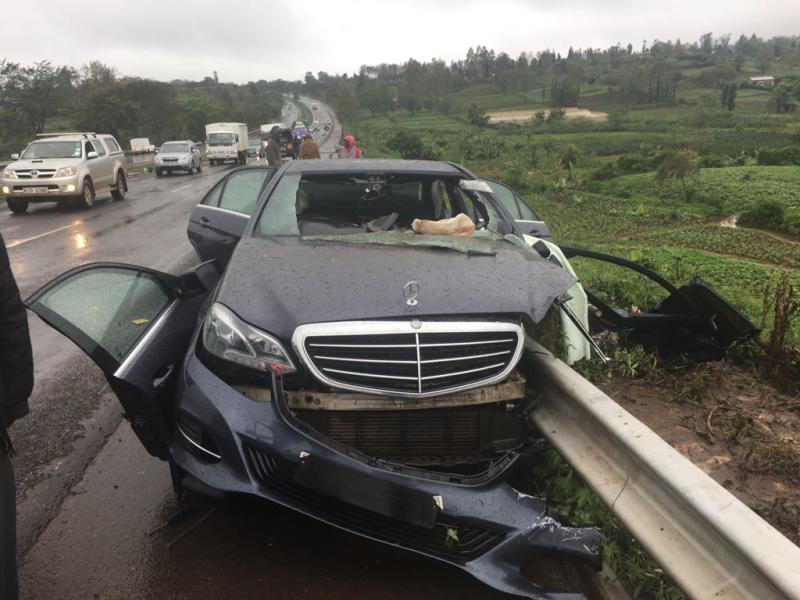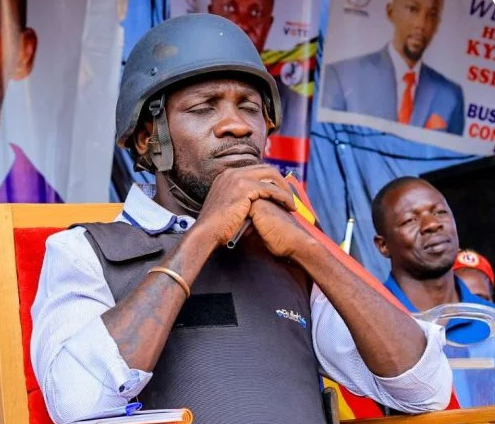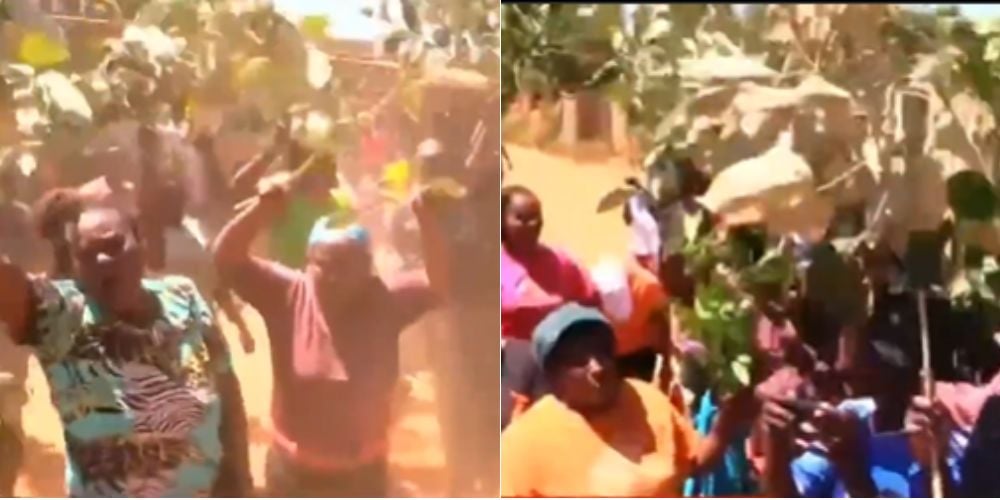The politics surrounding President William Ruto’s Affordable Housing project has created a negative impression among Kenyans, specifically over the housing levy, which has been negatively portrayed as a way of excessively taxing Kenyans.
While there has been a debate around the housing levy, there's no doubt that housing is a major crisis in Kenya with over 60% of urban households in Kenya living in slums where they struggle to raise $10 a month for rent.
One of the key goals of the housing program being spearheaded by the Government is to solve the slum crisis in urban areas and give it an upgrade.
While the public is paying the 1.5% housing levy, albeit grudgingly, many may not know how the program is changing the lives of Kenyans for the better.
Informal settlements such as Kibera in Nairobi are some of the areas that have benefitted from the project's first phase. Kibera has always been associated with shanty houses, a low standard of living, a poor sewerage system, a high crime rate, and impassable roads.
Read More
However, this is slowly becoming a thing of the past due to the affordable housing project. The living standard has improved as locals can secure employment at the sites.
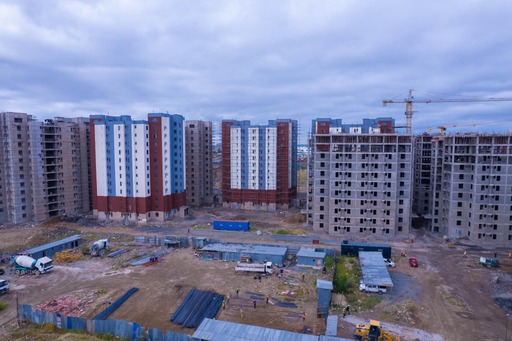
The enormous size of the project means that hundreds of locals are needed to provide a workforce daily.
Persons who were otherwise idle are now engaged in income-generating activities, which they are using to empower their families.
“Initially, we were just idlers, but when this project came, it came with employment, yes we’ll benefit from the houses, but as the project goes on we are also benefiting from manual labour, “David Musili, a youth leader in Kibera opined.
Vincent Juma, a mason working at the Kibera site, called for the opening of more sites, noting that the project has ensured his continuous workflow, unlike before, when residents would go days without work.
“This work has boosted my income, before I got this job my income was not good. I have friends working on other sites, this is real. If I met Ruto today, I would tell him to expand this project because youth employment will increase,” Juma opined.
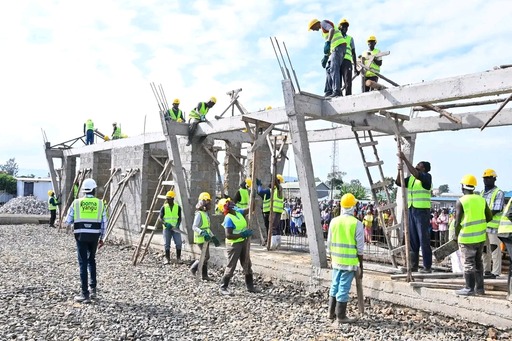
It is not just the persons working on the site who are benefiting; the sites have also provided food vendors with an opportunity to supply their produce to hundreds of readily available clients, which is evidence that the project benefits not just the homeowner but also the community around it.
“I sell tea and mandazi on this site. Now that these houses are being built, I will also get a house there,” Esther Njeri, a food vendor, said.
Security is also another aspect that has improved because of the project. Affordable housing has brought about lighting in previously congested and dingy areas, factors that made them potential hubs for criminal activities.
Maureen Adisa, Kibera Community Chairlady, noted that before the housing project, cases of rape, insecurity, and losses due to fire incidents were rampant since the houses were made of makeshift items.
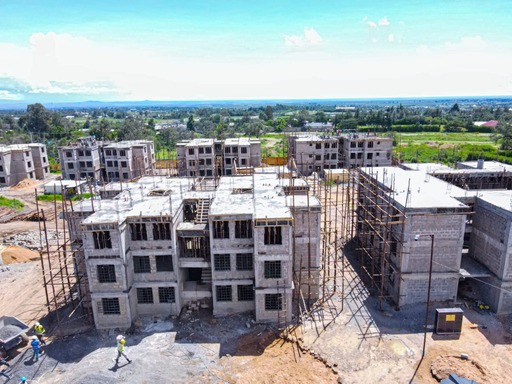
She, however, noted that security has improved in modern houses since they are constructed with quality materials, are gated, and have monitored central access points.
"When we still had shack houses and corrugated iron houses, we had cases of fire, rape, and insecurity. However, when we see houses like these, as in Area B (there is one that started in area A), we can see an improvement in security. When you get to the estate, there is a security area where you are checked before getting in," remarked Adisa.
Adisa also noted that another key challenge that modern houses have taken care of is privacy.
Initially, the entire family shared a single room, which served as the sitting area and bedroom, but with the modern units, kids and parents have their own spaces. This creates a boundary and private space for everyone to thrive in their unique ways.
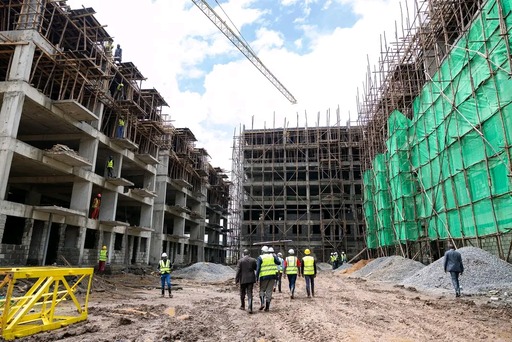
The sewerage system has also been a challenge in Kibera. Walking around the slum, you’d come across disgusting sewerage water in different parts.
Other than sewerage, the issue of access to habitable toilets has also been a concern. In the past years, there have been concerns about flying toilets, which posed a health hazard and made the place unfriendly to human beings.
The affordable housing project allows beneficiaries to undertake biological procedures in decent spaces with sufficient water. There are also designated places for dropping waste, and sewerage is well cared for. Residents don’t have to worry that when their kids step out, they may encounter contaminated water, posing health risks.
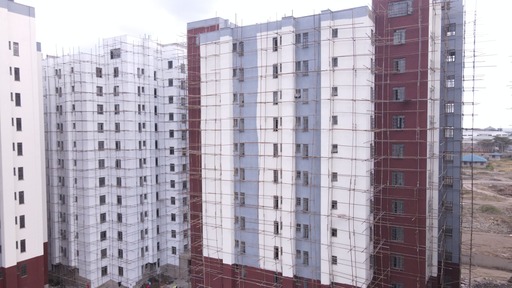
The project also gives Kibera a new phase; you walk in and get a different view and perception. Unlike the old Kibera, the modern housing project has given the area a facelift; Kibera can be compared to other uptown areas.
Once all the ongoing housing projects are completed, it will be challenging to convince someone who has not seen the old Kibera that the area was once a slum.
.jpeg)
In Musili's words, "We may have different political inclinations and may not like the current government led by President Ruto, but that should not blind us from seeing the good that is happening in different areas through the affordable housing projects."
Hundreds of residents are earning a livelihood from these projects and can support their families, which is the essence of humanity.
The government of Kenya is working on delivering housing on ownership terms to Kenyan citizens. The goal is to move from 30,000 mortgages to 1,000,000 mortgages with favorable ownership terms and monthly payments as low as Kshs5,000.
As of July 2024, 1,189 units had already been completed and handed over. The 1,189 comprised 584 units at Buxton Phase One in Mombasa and 685 in Bondeni, Nakuru.
Kibera's Soweto area is one of the beneficiaries of the 41,641 units that were launched in September 2022. Kibera is set to benefit from 4,054 units.
